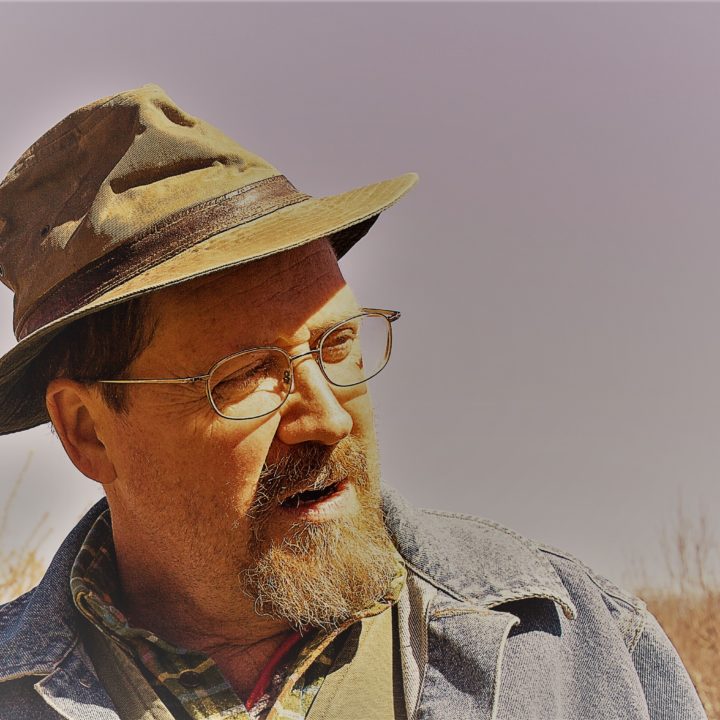Things sure get complicated, quick: When homes and belongings, roads and bridges, water systems, power—indeed, all of the daily infrastructure we take for granted—are gone in an afternoon, swept down the creek, through the holler, in a torrent of mud and trees. When lives are lost. When backwoods communities become just so much rubble in search of a flat space to be piled up and disposed of.
That this wasn’t us leaves me morally uncertain as to whom, if anyone, thanks should be offered. The storm Helene had been forecast to pass just over our farm. A shift 40 miles to the east in the small hours of Thursday night spared us the brunt of the winds and the god-awful rains. Instead, we got just what was needed for our drought-parched landscape, a slow, steady rain over 24 hours that added up to just under five inches. Such a slim line of difference on a map. Had the storm been on this side of the mountains, we would be the ones looking at a bleak future.
I’m sure we are not alone, but this past week we have spent a lot of time assessing our farm’s resilience. We look at the lay of our land and try to discern what the weak spots might be when 20-30 inches of rain falls in a 24-hour period (an occurrence we really can’t begin to imagine). We count the number of small bridges between us and the nearest town. (How secure is that town, actually?) What do we really need on a day-to-day basis for our survival, and how long can we hold out without restocking some essential?
We have backup generators to power both the well for fresh water and the freezers for our produce and meat. But when our limited supply of gas runs out, all the bridges are gone (and the truck is on the wrong side of the creek anyway), and the general store five miles away that now offers gas is no longer standing, then how do-it-yourself are we? And just how tight is the community—that utopian entity that gets paid lip service but is seldom nourished, which literally overnight becomes mighty important in a crisis?
No doubt we are better prepared than most. Unless the whole damn hill slides down upon us, we are secure, even if isolated, in a storm of Helene magnitude. Then again, many folks in Johnson, Unicoi, and Cocke counties in Tennessee and Yancey, Mitchell, Avery, and other counties in North Carolina no doubt thought the same.
As a farmer I have to think about the livestock, crops, fencing, barns, outbuildings of all sorts, equipment, and tools that sustain this life. Ours is that small farm that gets swept away in disasters, its infrastructure and animals alike. True, it all can be rebuilt. Farming communities, like their hardscrabble counterparts in the backwoods hollers, are pretty darned tough. I do wonder, though, how many of those people who built their Tennessee and North Carolina “forever homes”—those clunky McMansions plopped down on steep mountain hillsides—will stay put when the bistro that touts the Charleston-credentialed chef a short 30 minutes away (at least, before the storm) never reopens.
Time will tell. And one question that will be answered along the way is this: which group is actually the haves and which the have-nots? Resilience is not measured by wealth and access to power alone. It is often, perhaps even more so, calculated by the culture, strength, and community of a people.
Things get complicated, and then they get simple.






